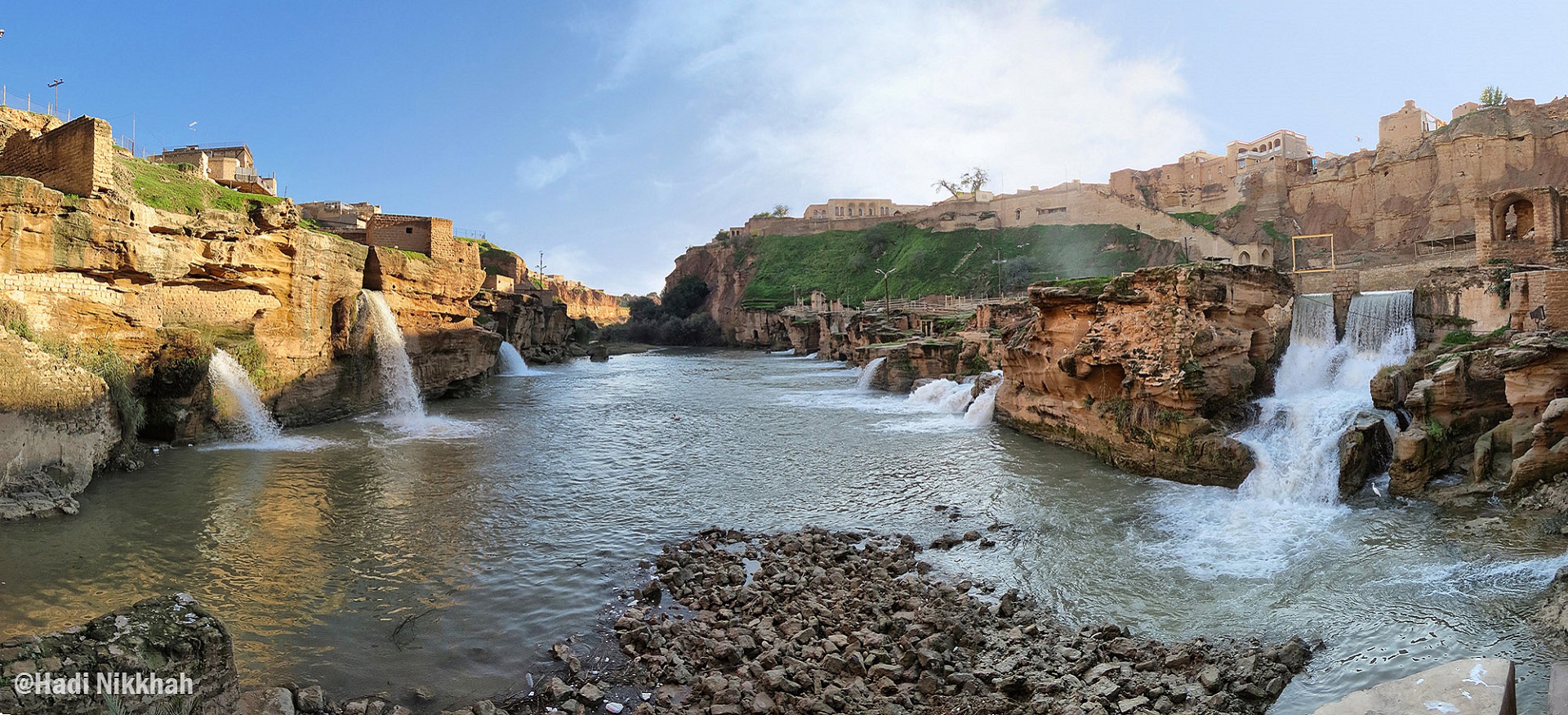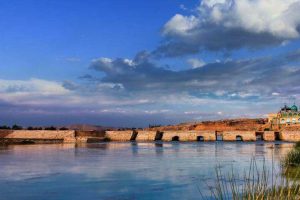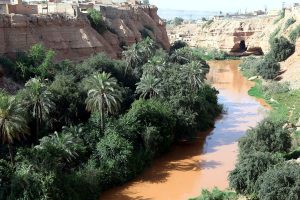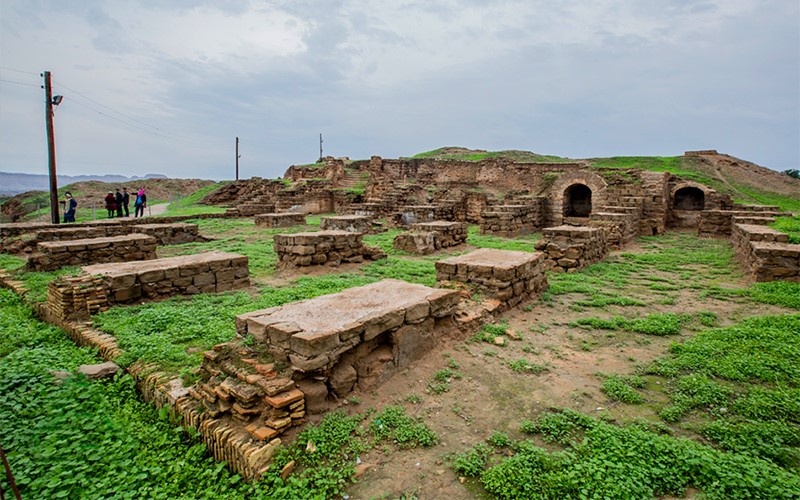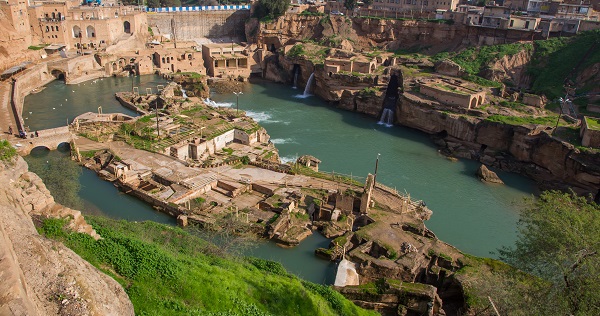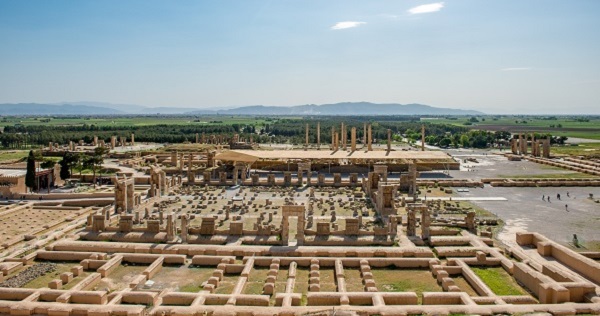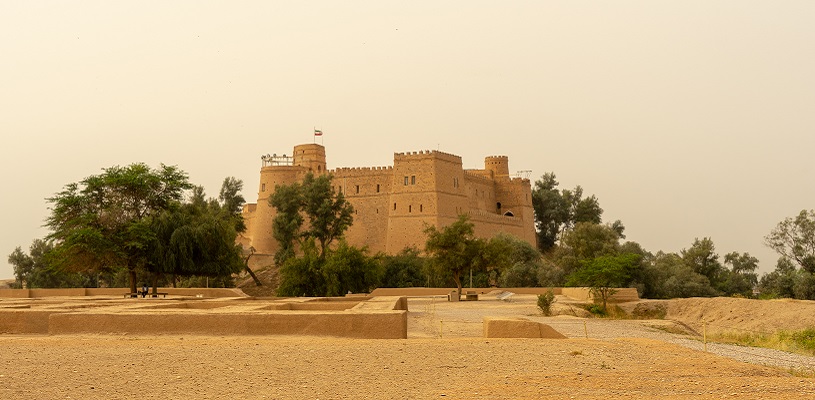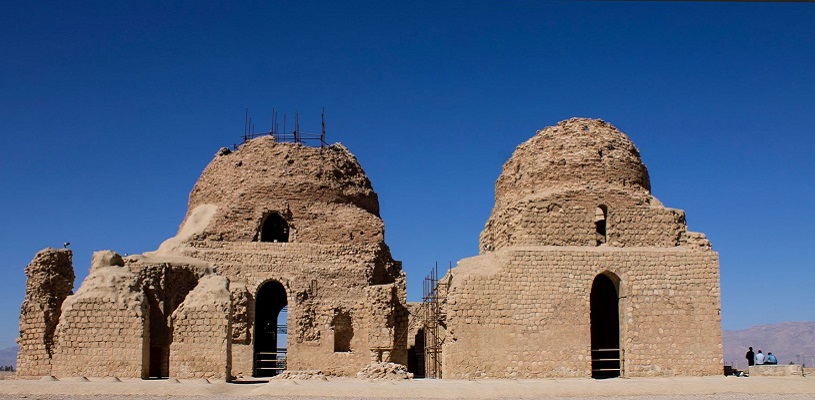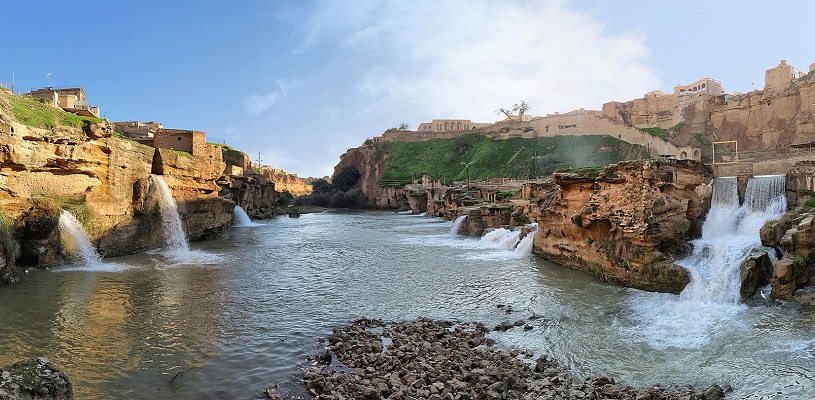
Shushtar Historical Hydraulic System (Shooshtar, Ahvaz, Iran)
An engineering wonder from classical antiquity, Shushtar Historical Hydraulic System (UNESCO-registered site) will impress you with its magnificence. Indeed, it has been extraordinary work to build such a stunning water system about 2000 years ago, using the most basic tools. This complex system is so splendid that the UNESCO world heritage center listed it as a “masterpiece of creative genius”. In fact, this construction forms a waterfall-like structure and is distinctive in its two features: structure components and structure-function. The whole structure included 13 interconnected components such as dams, weirs, bridges, and watermills. Another distinctive feature of the system was its versatility. The system had been serving diverse purposes including but not limited to irrigation and urban water supply provision.
Contents
- 1 What Makes Shushtar Historical Hydraulic System Special?
- 2 A Victory in the History of Shushtar Historical Hydraulic System
- 3 Components of Shushtar Historical Hydraulic System
- 4 More about Shushtar Historical Hydraulic System
- 5 Like to check out Shushtar Historical Hydraulic System?
- 6 Shushtar Historical Hydraulic System Tours
- 7 Shushtar Historical Hydraulic System on Map
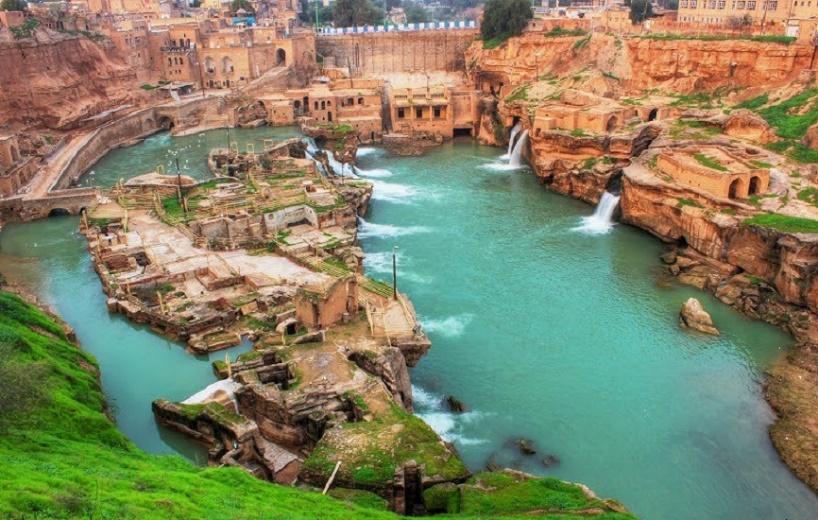
Shushtar Waterfalls and Watermills Complex – Shushtar Historical Hydraulic System
What Makes Shushtar Historical Hydraulic System Special?
- According to UNESCO, this UNESCO-inscribed site is an engineering “masterpiece of creative genius”
- It is the first structure in Iran to combine a bridge and a dam
- Parts of the system originally date to around 2500 years ago
- Shushtar Historical Hydraulic System served multiple purposes
- A French archeologist refers to the system as the largest industrial complex prior to the Industrial Revolution
- It is a Persian structure that exhibits Roman architectural features
A Victory in the History of Shushtar Historical Hydraulic System
Shushtar had been a popular historical city in the region due to its closeness to Choghazanbil Ziggurat Temple and the Karun River. Firstly, about 2500 years ago, Darius the Great, the Achaemenid king laid the foundations of the Shushtar irrigation system. This system chiefly served the farmlands for 700 years until a major historical event caused changes to the system. Later, in 260 AD, the Roman Empire invaded Persia. Subsequently, King Shapur the Great, the Sassanid king, defeated the Romans and captured Valerian, the Roman emperor, and his army. The story is visually narrated on a relief in Necropolis, Shiraz. At this turning point, the Shushtar irrigation system turned into a magnificent hydraulic system. Consequently, some constructions including bridges, dams, weirs, tunnels, and watermills were added.
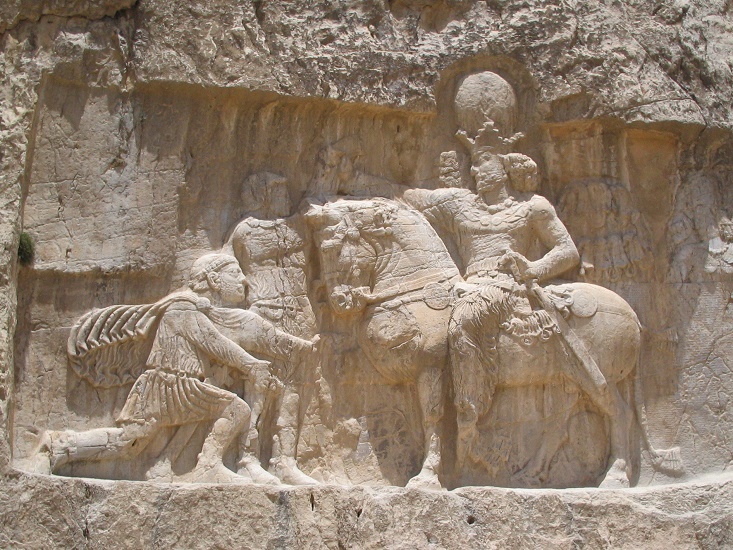
Victory of Shapur the Great Over Valerian
Components of Shushtar Historical Hydraulic System
Shushtar Historical Hydraulic System functioned to supply urban water to the Shushtar area from Karun River. It also performed as the irrigation system for the region. Furthermore, the watermills installed in the system accounted for the flour production. The Shushtar hydraulic structure particularly consisted of 13 components built around Karun River. This river is the only navigable river of Iran, which has two branches, namely Gargar and Shotait. In fact, the 13 components of the system stand on either Gargar or Shotait branch and include Mizan Weir, Gargar Canal, Gargar Weir, Waterfalls and Watermills Complex, Dariun Canal, Shadorvan Weir, Salasal Castle, Pavilion Tower (Borj-e Kolah Farangi), Lashkar Weir, Ayar Tower Dam, Khoda Afarin Dam, Khak Dam, and Sharabdar Dam. Let’s take a bit of deeper dive into the system to learn which branch of Karun River houses which components.
Gargar Branch of the Hydraulic System
The first key structure is the Mizan Weir, where two streams branched off from the Karun River. These two currents ran through two canals, namely, the manmade Gargar Canal and the Shotait Canal. Gargar Wier, built on the Gargar Canal, raised the water level. Then, three main tunnels distributed the water into several canals in the Waterfalls and watermills Complex. After turning the millwheels, this incoming water poured down to a basin and formed the scenic view of fascinating waterfalls. Another structure, namely, Pavilion Tower was an eight-sided construction, which was seemingly used to measure the water level of the river.
Shotait Branch of the Hydraulic System
Another major element of the structure is the Ceasar’s Dam, also known as Shadorvan Dam Bridge or Bande Kaisar. The Ceasar’s Dam diverted water from the Karun River into the Shotait branch. Dariun Canal irrigated the Mianab plain, the area between Shotayt and Gargar streams. Dariun Canal flow from beneath the Salasel Castel. This castle was the operating center of the hydraulic system and a defensive structure. Khak Dam divides this canal into two branches farther on its way to Shotait stream. Furthermore, several other dams constitute the hydraulic system including Ayar Tower Dam, Khoda Afarin Dam, Khak Dam, Lashkar Weir, and Sharabdar Dam.
More about Shushtar Historical Hydraulic System
Visiting Hours
Spring and Summer: 08 a.m. to 08 p.m.
Fall and Winter: 08 a.m. to 05:30 p.m.
Please note that the site might be closed on some national days.
The Nearby Attractions
In addition to visiting an engineering masterpiece, you might decide to taste the culture and more of the region’s nature. So, consider visiting Jame mosque, Mostofi museum, Traditional Bazaar, Tabib-e Shushtar Historical House, Afzal-e Shushtar Traditional Residence, Aminzadeh House, Chahar Taaqi, Tomb of Bara ibn Malek, Imamzadeh Abdullah Karaei, and the protected area Kuh-e Zar Village.
Where to Eat Around the Shushtar Water System
Abshar restaurant
Lashkar traditional restaurant
Mostofi restaurant and museum
Tea house Island
Like to check out Shushtar Historical Hydraulic System?
A visit to this ancient site is part of our Deep into the Heart of Persia tour.
Shushtar Historical Hydraulic System Tours
Shushtar Historical Hydraulic System on Map
Keywords: Shooshtar, Shushtar Iran, Shushtar Hydraulic System

